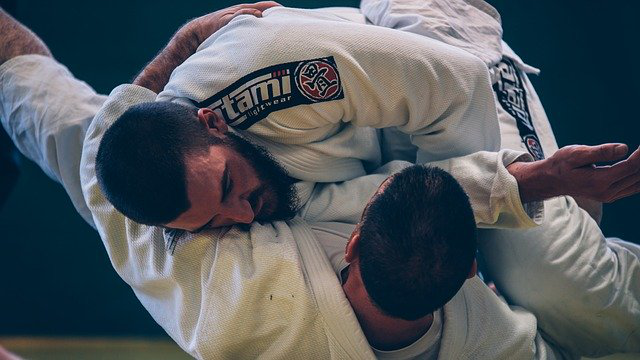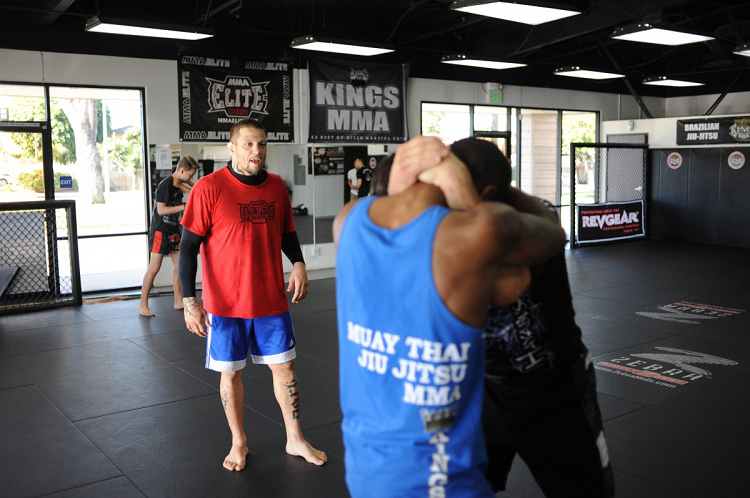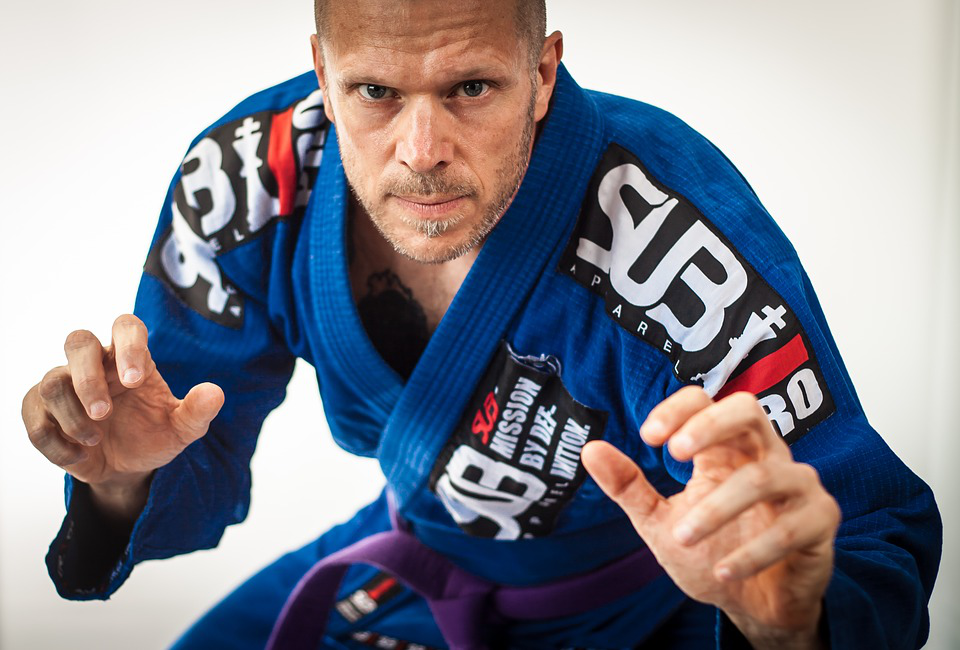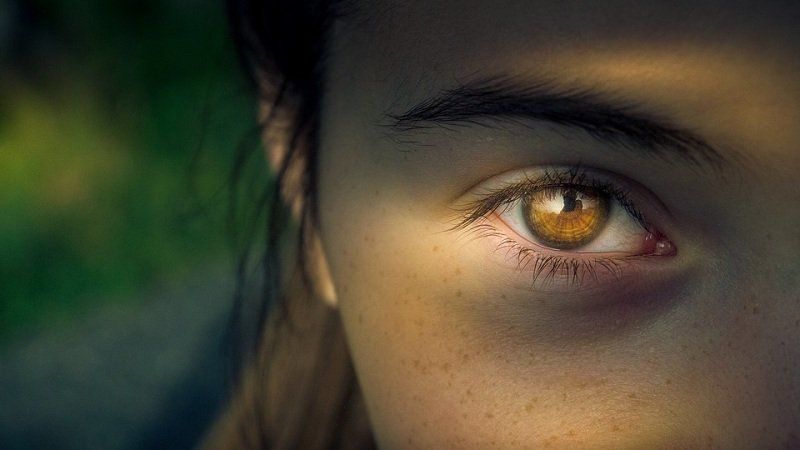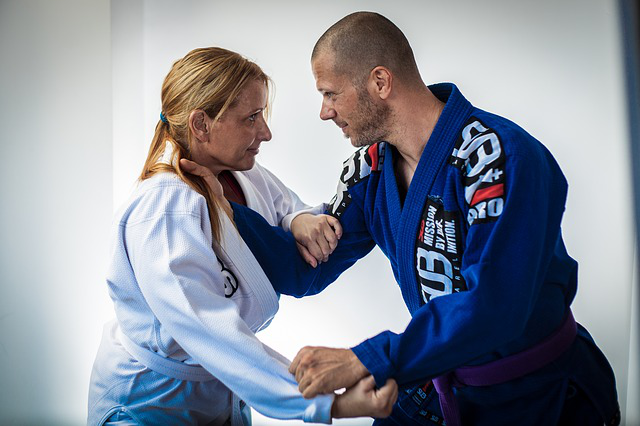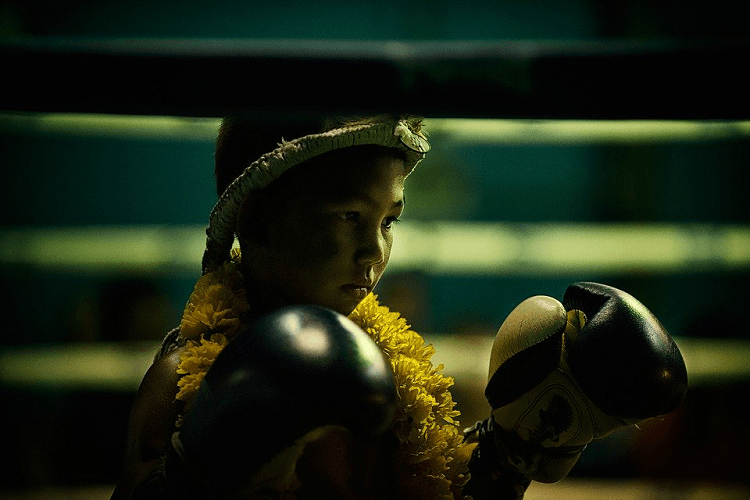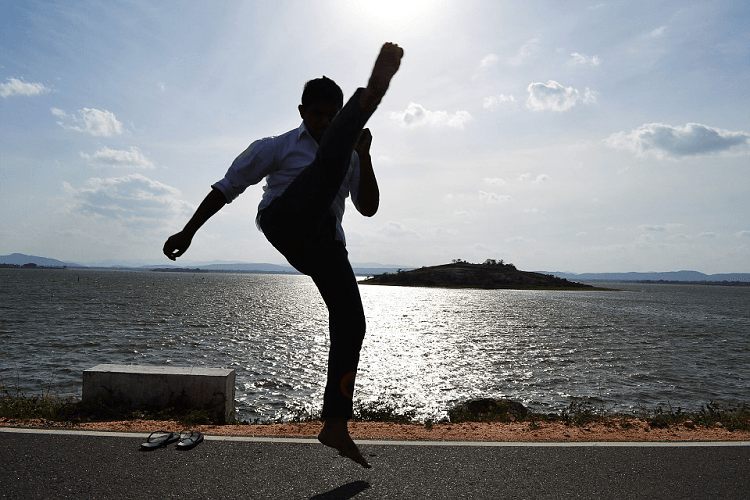Sculpt Yourself through Martial Arts Training
Sculpt Yourself through Martial Arts Training
The great Renaissance Italian sculptor (and painter) Michelangelo (1474 - 1564) believed that every block of stone has a statue locked inside of it, and it is the job of the sculptor to reveal the form that lies within. As an artist, he believed his job was simply to clear away the unnecessary rubble so that we too could see the beautiful forms that were always there, hidden deep within the rock, and that only he could envision. One could argue that Michelangelo never really sculpted anything, and the glorious masterpieces he liberated from blocks of stone were always there, waiting to be released.
The job of the martial arts instructor in coaching a martial arts student, is not significantly different. When I have trained martial arts students over the years, whether it be in Karate, Jiu Jitsu, Boxing, or Muay Thai, I have often felt like an artist - a sculptor who slowly works with the stone, in order to carefully coax the desired result from the raw materials in my hands. Like a sculptor, I must first get to know the material that I am working with, the strengths and flaws, and the “natural grain’ of the raw material and what it is capable of producing - I cannot create what is not already there deep within the stone.
As a martial arts instructor, my first task is to build rapport with the student and discuss overall goals in training. This is not a fast and easy task, and may in itself take some time for coach and student to truly connect. By building rapport, the student learns to respect and trust in my coaching abilities, and the student also “opens up” to me so that he/she is not timid in voicing their true goals (and also, their haunting fears). Truth in goals, and truth in capabilities are crucial at this stage. The student must be open about true desires, but the martial arts instructor must also be truthful in assessing the student capabilities and communicating whether the desired goal is even possible.
Once I understand the sculpting material (or the martial arts student), and what the desired goals might be, I can then begin to slowly shape the student, like a potter at the wheel, or a sculptor with a chisel. Bit-by-bit, each day I work to clear away the excess material, so that the true martial artist can emerge through daily training. Like a sculptor, the work of a coach or martial arts instructor must start slowly - first, we focus on the very basics, working on the simplest of techniques, until the student has a firm fundamental understanding. Think of this as a sculptor, making a first pass at “roughing out” a basic shape. Each day, both the student and the instructor assess progress, and gradually make adjustments to the sculpting, correcting any errant strokes with the chisel, until a very rough shape emerges.
Next, I must begin to refine this basic shape, capitalizing on my prior work in roughing out a faint image in the stone. So once the student has a firm understanding of the basics, the more advanced training can build upon this basic foundation - each level of training for the student must be designed to capitalize on the earlier foundation, as we slowly climb the ladder towards the goal. Bit-by-bit, each day we work to clear away the excess material, so that a more refined martial arts student begins to emerge.
Like sculpting, this process is also replete with doubts and stalled efforts. Many times, a sculptor may run into an impasse - this may be a sort of “writers block” on what direction to take with the stone, or it could be disappointment in the speed (or lack thereof) in which the masterpiece is evolving. This is also very common in the relationship between teacher and student, and the problem is not a one-way street.
At times, the student may become discouraged with progress, or may feel that they have reached an impasse, and cannot make forward progress - this is a very common “hump” encountered by many Jiu Jitsu students. At other times, it may be the martial arts instructor who reaches this impasse and feels that he/she is not making enough progress with the student. Sometimes, this requires a re-evaluation of goals, but often-times it simply requires a re-evaluation of the training curriculum to ensure that the material and methodologies are conducive to achieving desired measurable goals. Patience is also an important mantra - sculptured masterpieces are not created overnight, and neither is a martial artist, and it will take time for both student and instructor to achieve the desired goals.
Communication is the key to adapting training approaches, and making subtle corrections as the training advances through various levels. Accomodations for circumstance and/or injury should be made to continue with the growth cycle, even when there may be fewer options. Thus, pushing a student through damaging physical injury is never beneficial to long-term growth. The student (or instructor) may also encounter unfortunate circumstances in life (problems with family, relationships, job), and this requires careful coaching to ensure that the student can “push through” the rough patch with positive results on the other end of the dark tunnel.
Finally, the continual refinement of skills by articulating detail is critical to achieving any degree of excellence. Like a sculpture, a martial arts student will take time to develop. This is never a journey of days, weeks, or months - often times it takes many years for the student to achieve his/her goals. Although this journey becomes tedious at times, a little sharpening of finer details is always better than letting time pass without taking action. This continued attention to fine detail avoids the formation of bad habits (or bad training), and corrects errant learning before it becomes a larger issue along the way. Throughout this process, the instructor is there to cautiously push the student to achieve more than the student might achieve on his/her own - continually (and gradually) pushing any preconceived limitations, so that the student learns to achieve more than was ever imagined at the onset of training. It is not uncommon for the goals of teacher/student to evolve, as training continues forward through its many phases of growth..
WIth this mindset, growth is continuous for both student and instructor, and the the block of stone (student) slowly becomes the new sculptor (teacher) who then continues the cycle of learning, and creates the next brilliant masterpiece.
